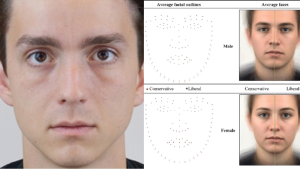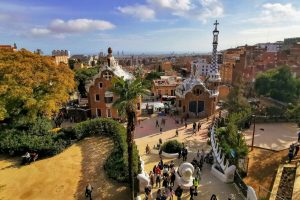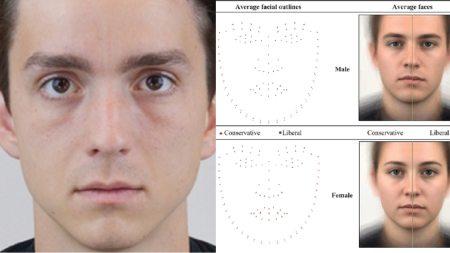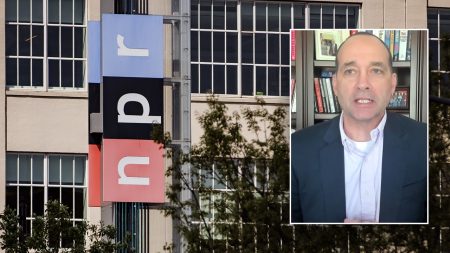Israel is expecting the United States to announce that it will be blocking military aid to an Israeli army unit due to human rights abuses in the Israeli-occupied West Bank. This move would mark the first time that the U.S. has invoked the Leahy law against an Israeli military unit. The U.S.-Israeli relationship is under strain due to civilian deaths and suffering in Israel’s war against Hamas in Gaza. Israeli leaders have condemned the expected sanctions, with Prime Minister Netanyahu vowing to fight against it.
The Leahy Law, championed by former Vermont Sen. Patrick Leahy in the 1990s, was created to block American military aid to foreign security units guilty of extrajudicial killings, rapes, torture, and other human rights abuses. The law requires an automatic cutoff of aid if the State Department finds credible evidence of gross abuses. Other U.S. laws address different circumstances where military support should be blocked, such as serious violations of the laws of war or human rights.
The Leahy Law is regularly invoked in U.S. security assistance to certain regions, particularly in the former Soviet Union and Central and South America. However, it is not often used when it comes to strategically important U.S. allies. Israel has previously avoided being targeted by the Leahy Law, with rights groups accusing U.S. administrations of not properly investigating allegations of Israeli military abuses against Palestinians. Israel argues that its security forces investigate abuses and hold offenders accountable in court.
In 2021, Israel signed a treaty agreeing not to share U.S. military aid with any unit deemed credibly guilty of gross human rights abuses. However, there is an option for a secretary of state to waive the Leahy Law if the government in question is taking effective steps to hold offenders accountable. Despite the expected aid cutoff, the U.S. is still sending billions of dollars in funding and arms to Israel. A new $26 billion package is set to support Israel’s defense and provide relief for the humanitarian crisis in Gaza.
The potential for the U.S. to invoke the Leahy Law against Israel highlights the strained relationship between the two allies. Israel’s response to the expected sanctions from the U.S. remains to be seen, with Netanyahu vowing to fight the decision with all his might. The invocation of the Leahy Law against an Israeli military unit would be unprecedented and could have significant implications for future U.S.-Israeli relations. Ultimately, the decision to block military aid highlights the importance of accountability and human rights in international partnerships.
















